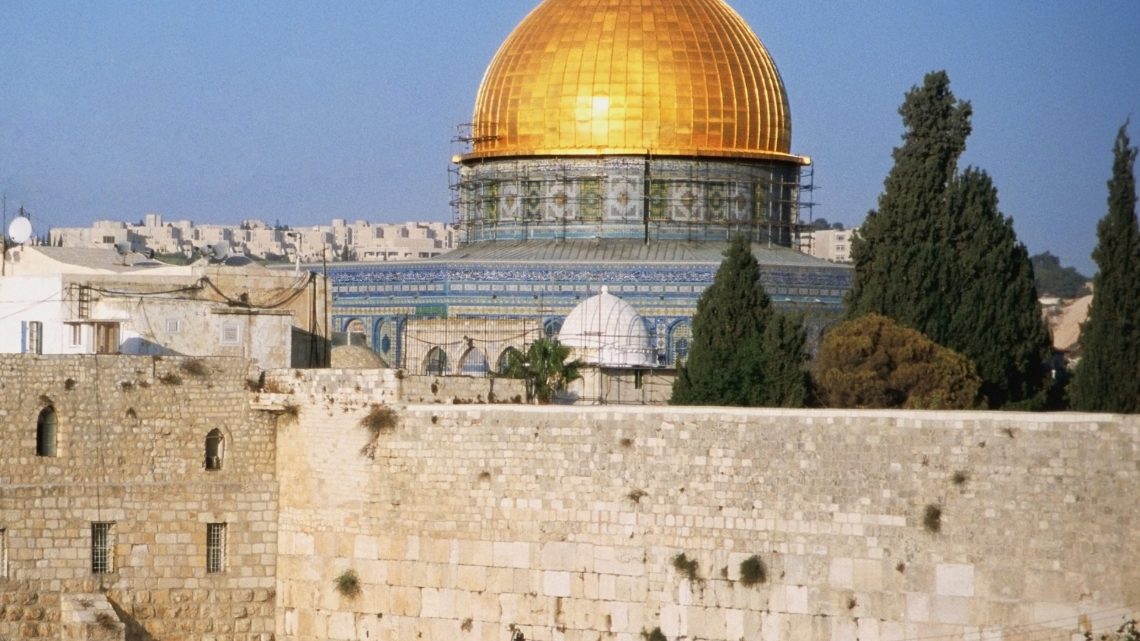My recent trip to Israel and Jordan for the Third International Bible Conference helped me to understand the context of the Bible in a whole new way. As I stood around the Sea of Galilee I imagined Jesus teaching the people on the shoreline, or crossing on a boat with His disciples. But you don’t have to travel to the Middle East in order to appreciate the Bible. While I was there I learned about some fairly recent Biblical resources that can help you grow in your understanding of the Bible.
One of the things that stood out the most was the incredible archeological work that Seventh-day Adventists have conducted in the Middle East. Adventists can be proud of the contributions our scholars have done whether the work of the Madaba Plains Project that suggests that they may have discovered the pools of Heshbon (Song of Solomon 7:4) or the plain in which the battle between David and Goliath occurred. Dr. Michael Hasel from Southern Adventist University recommends Archaeology in the Old Testament by Alfred J. Hoerth (Baker Academic, 2009) and the companion volume Archaeology in the New Testament by John McRay (Baker Academic, 2008). To learn more about the debate about the historicity of the Bible Dr. Randy Younker from Andrews recommended Kitchen’s On the Reliability of the Old Testament (Eerdmans, 2006) and for those interested in the story of the Exodus James K. Hoffmeier’s Israel in Egypt: The Evidence for the Authenticity of the Exodus Tradition (Oxford, 2009).
For those who want more of the details (or perhaps to prepare for a trip of your own) be sure not to miss out on a travel guide such as Eyewitness Travel Guide’s Jerusalem, Israel, and Petra. Even more helpful (and something I saw all of the Biblical scholars at the Bible Conference referring to) is Jerome Murphy-O’Connor’s The Holy Land: An Oxford Archaeological Guide (Oxford, 2008) that separates fact from fiction (or speculation!) at the various sites. It will help to give you an accurate context for what you are seeing (or would like to see!). Equally helpful was Simon Sebag Montefiore’s Jerusalem: The Biography (Knopf, 2011) that provided depth to my morning walks around Jerusalem and the rich cultures that make it such an incredible city and symbol.
One of the most interesting reads while I was on this trip is James A. Michener’s The Source: A Novel (Random House, 2002) that Bailey Gillespie from La Sierra University suggested I read. It will help you understand how ancient cities were constructed, especially the water works, and help bring to life ancient “tels” or archeological sites. For more pictures of what the ancient sites would look like be sure not to miss out on the recent publications, The Biblical World: An ILlstruated Atlas (National Geographic, 2007) or for children The Lion Bible in Its Time (Lion UK, 2012) that attempts to tell Biblical stories in the most accurate way possible.
Altogether these resources enriched my experience to the Holy Land for the recent Bible Conference, and while I found this experience life-changing these resources will help to expand your knowledge of the Biblical world from home.
Michael Campbell, PhD, is pastor of Wichita South Church in Kansas.








